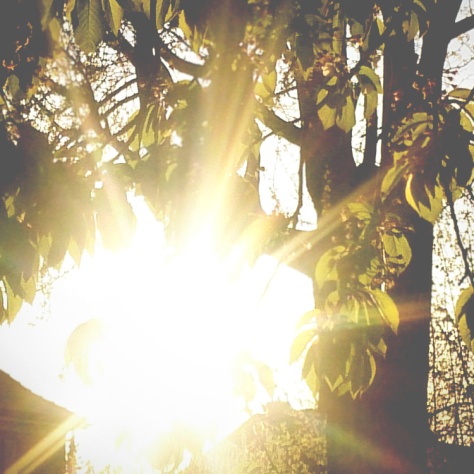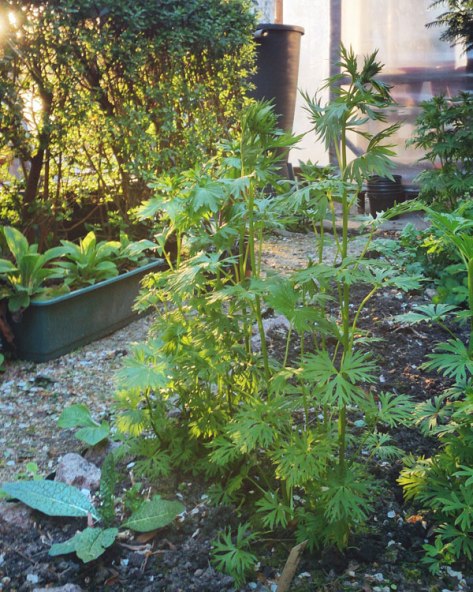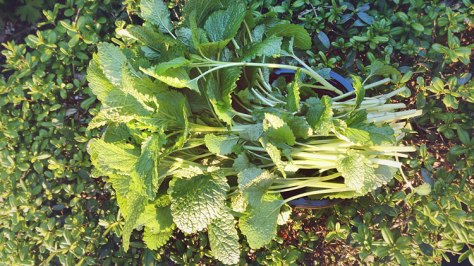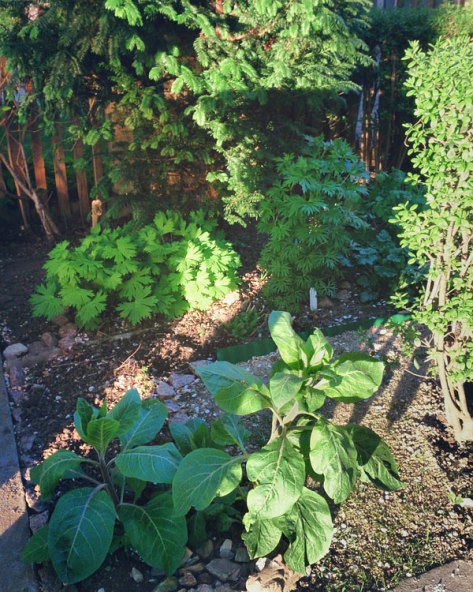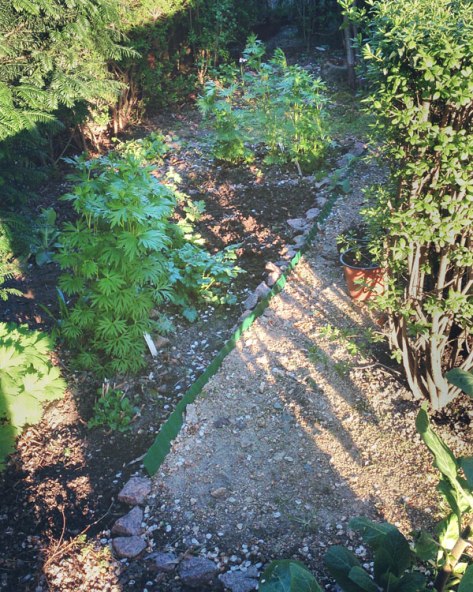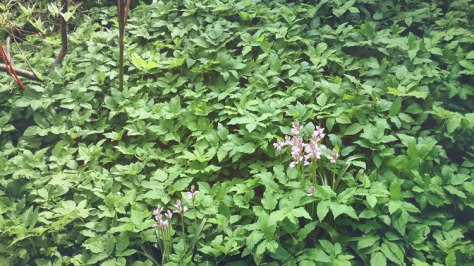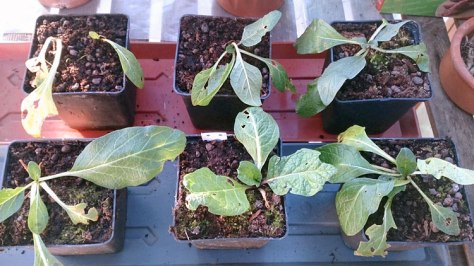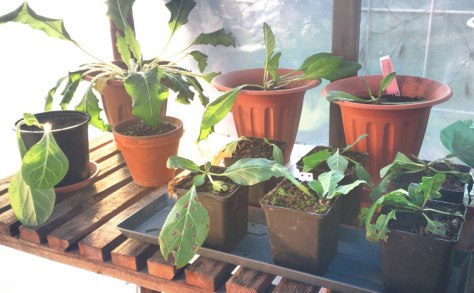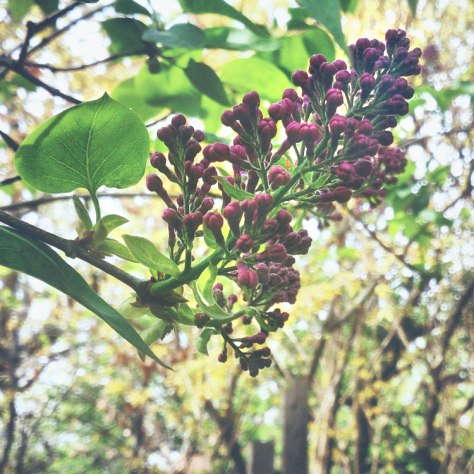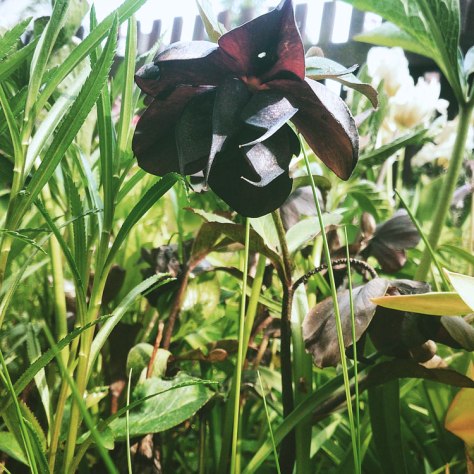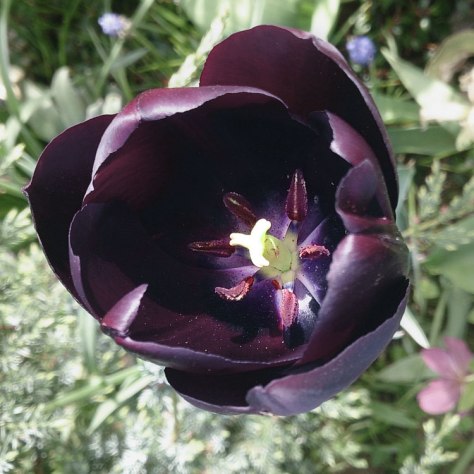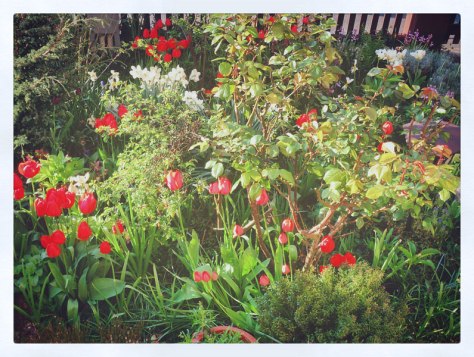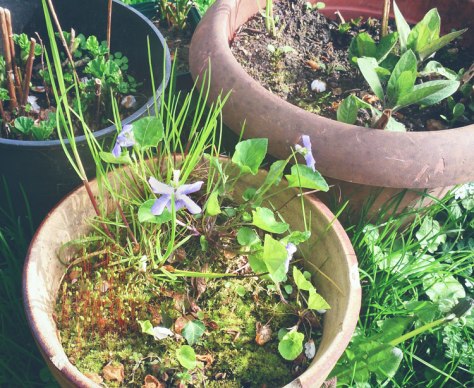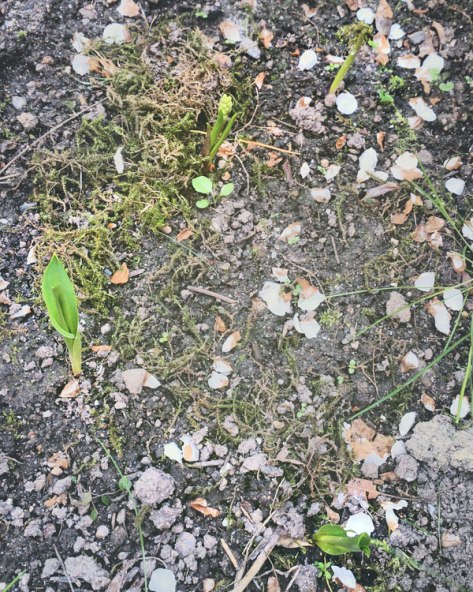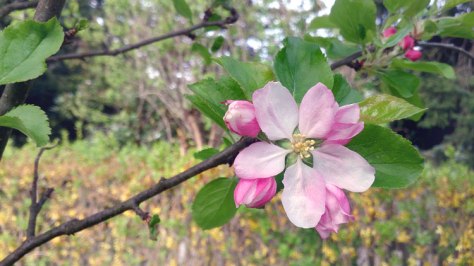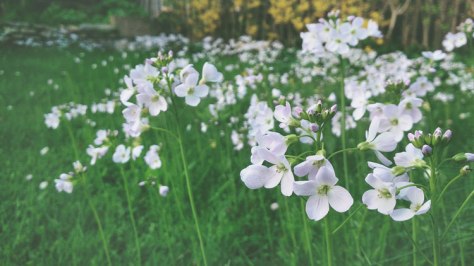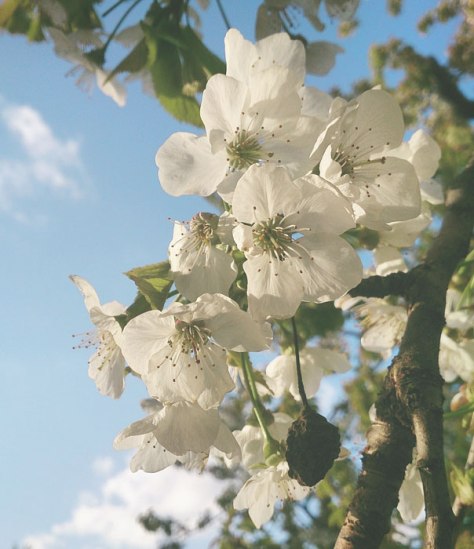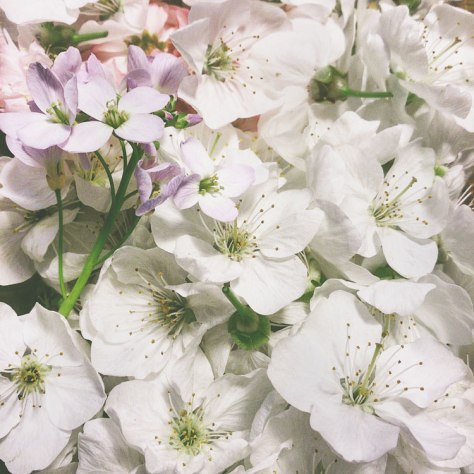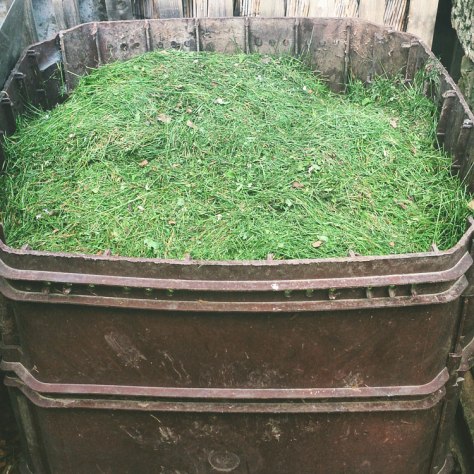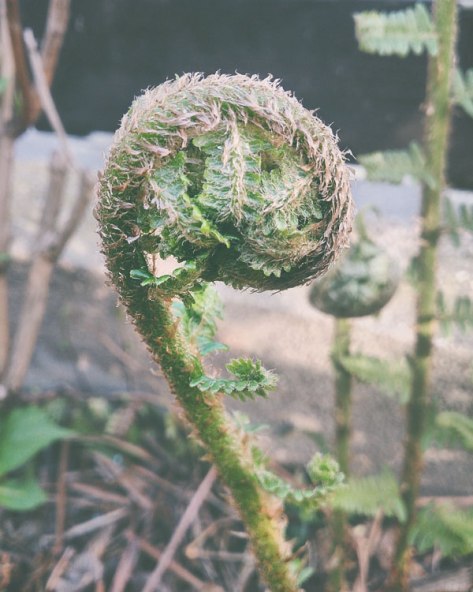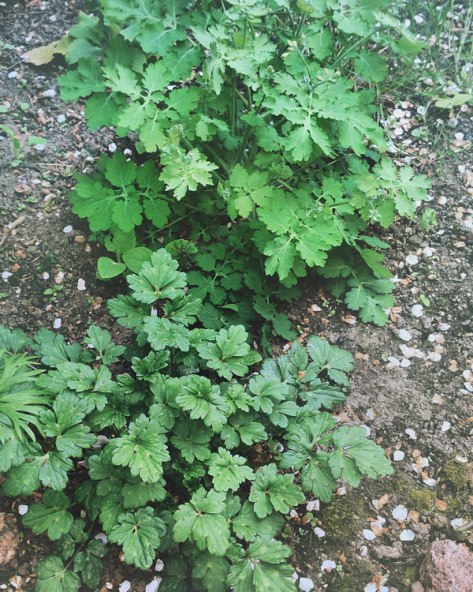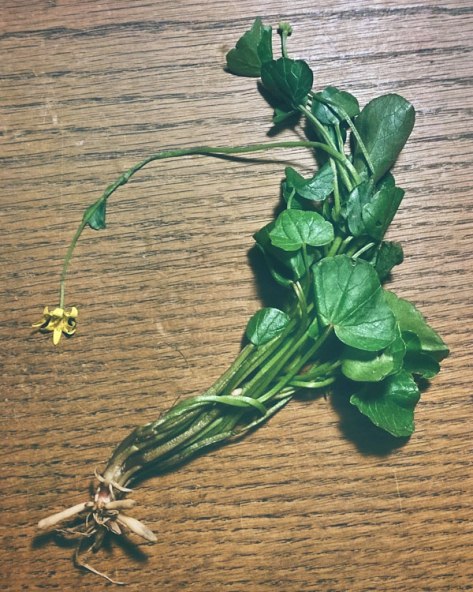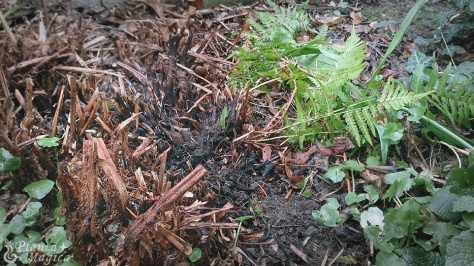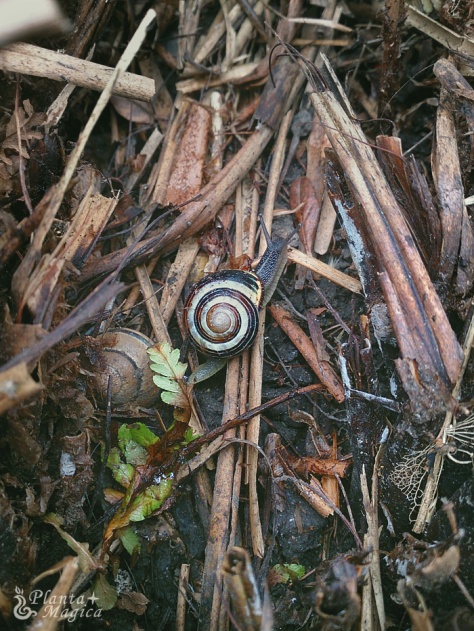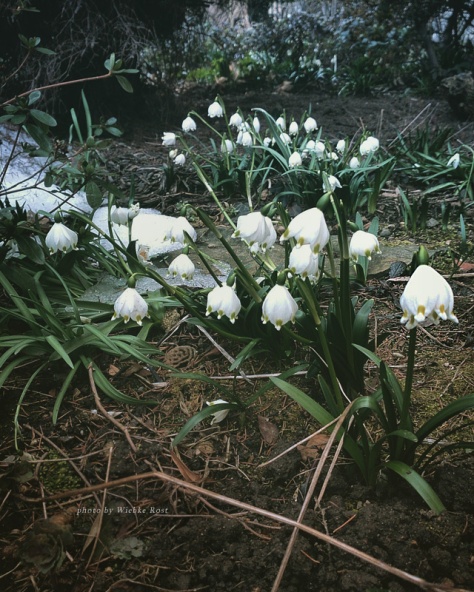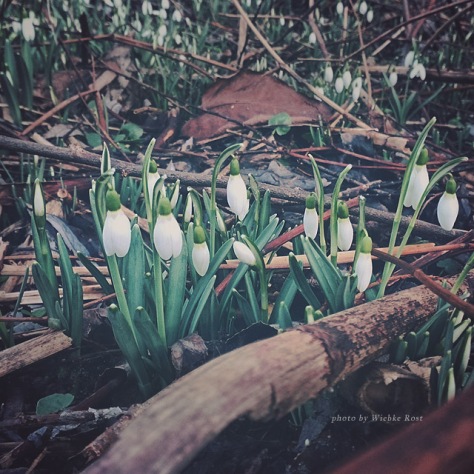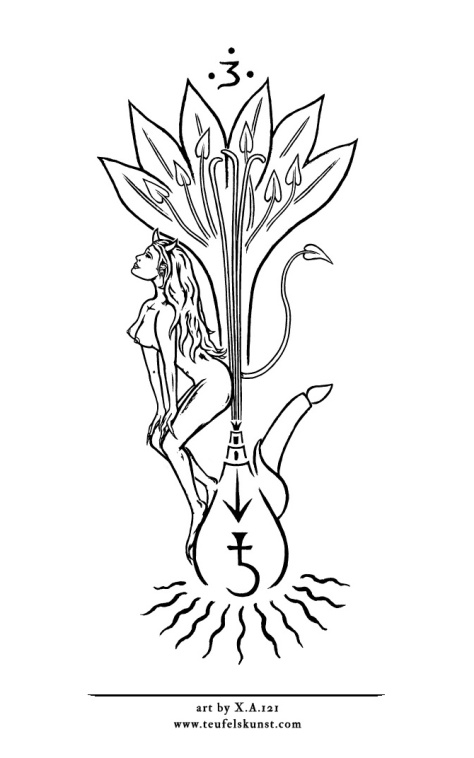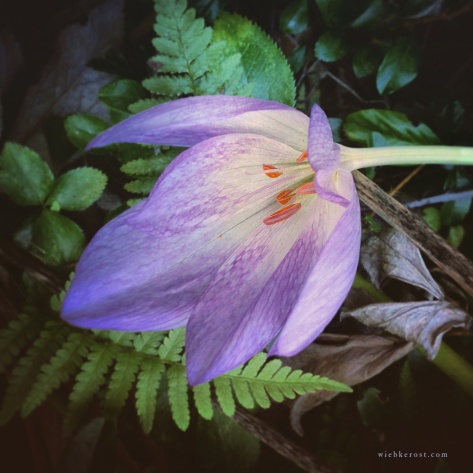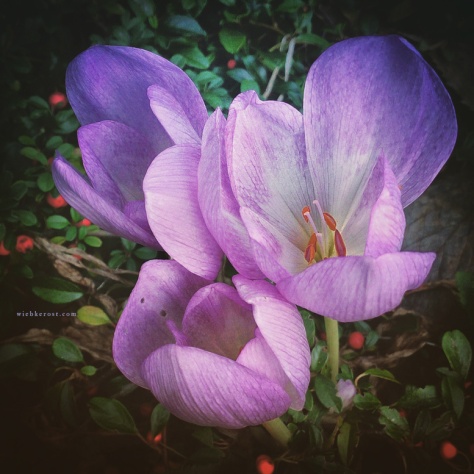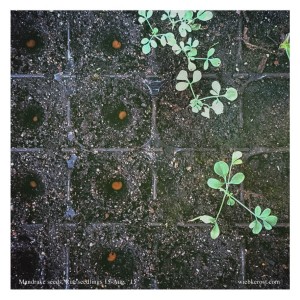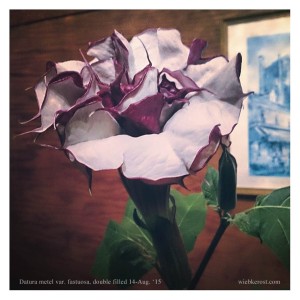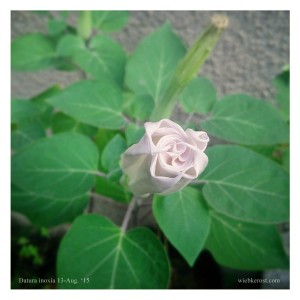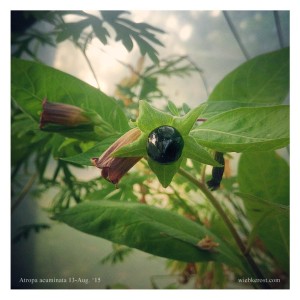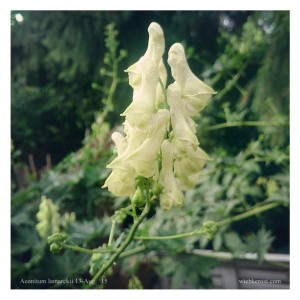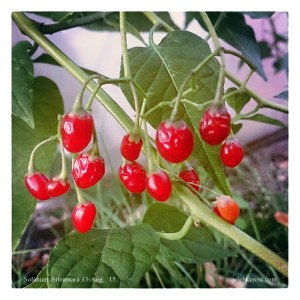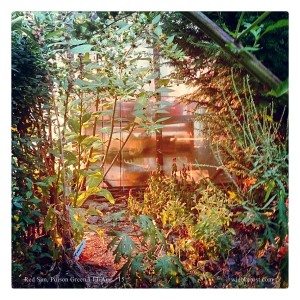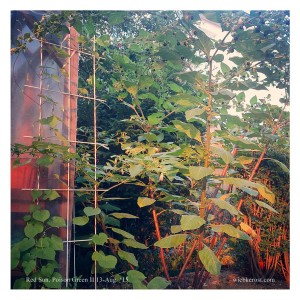I spent this month mainly with work on the next row of wooden seed boxes, adding new herbs to the set and reading up on them. The central theme this time were summer herbs (with the summer solstice in mind), which are sown in spring or early summer, such as poppies, cornflower, chamomile, evening primrose, yarrow, viper’s bugloss etc. Then I paid attention to Harold Roth’s book “The Witching Herbs” (signed copies available here), and included seeds for the magical herbs discussed there. Besides these I added some endangered plants such as the wonderful centaury and plants that are in decline, such as the field larkspur. With wood betony and motherwort there are some new old, forgotten about healing herbs joining the series.
Another herb I was curious about (and I know that you are too), is the enchanter’s nightshade. It is quite inconspicuous in appearance, almost invisible between other herbs. It is not poisonous at all and in fact, much more beneficial than, what its name suggests. This makes for some very interesting treats for employing this herb in sympathetic magic…
Along with adding more new herbs I also updated the sowing tables and added info texts for each. Further, my attention was drawn to the Euphorbiaceae plant genus. Last year I had been pointed to the spurge as part of a Martial incense recipe. I started researching but could not pinpoint which type of spurge was meant. There are many plants in that genus, which is found in large diversity all around the globe. But which is the one most relevant in Western medieval / renaissance magic? By chance and when searching for spurge seeds, I came across a seller on eBay who just mentioned randomly that the caper spurge (Euphorbia lathyris), with its impressive size, poisonous milky sap and auspicious shape, was the plant famously believed to break hexes and ward of witches from one’s home…. Well, here we go. It is now added to the selection of poisonous herbs coming with the boxes and I can’t wait to grow it myself.
What more? I finished and shipped the last of my “Poisoner’s” seed boxes. I will now overthink the concept and design for this one.
I also spent a lot of time in the garden, harvesting masterwort root, thinning and weeding out, pricking out seedlings and sowing more…
My shortage of henbane last winter led me to sow new henbane, which resulted eventually in hundreds of little plants of black, white and the rare Egyptian henbane! These have now been separated and planted in trays of 24 each + 1 mixed tray. The temperatures are still low and even though it did not actually freeze again, it is too cold for the small plants (the test tray doesn’t seem to like my outdoors experiment on the window sill). I am therefore keeping the trays with the white and the Egyptian henbane indoors, together with purple Indian datura and several moon vine plants. The tray with the black henbane seedlings stays in the unheated greenhouse.
This month’s harvest:
- Lamarck’s Aconite (Aconitum lamarckii), thinning out, Tuesday (11th)
- Masterwort root (Peucedanum ostruthium), thinning out, Tuesday (11th) and Thursday (27th)
- Herb Gerard (Aegopodium podagraria), weeding out, Saturday (22nd)
- Myrtle (Myrtus communis), pruning, Sunday (23rd)
- Horse tail (Equisetum arvense), weeding out, Friday (28th)
Besides, l am now a lady with a barrow full of fragrant lily of the valley! 🌱🌱🌱 (Thanks to an unexpected gift from our neighbors, who are restructuring their garden.) I now have to prepare a spot for them to grow. Else, that barrow has now met its final destiny…
Herbs I plan to sow this and the following weekends:
- blue hyssop (Hyssopus officinalis ‘Caeruelus’)
- caper spurge (Euphorbia lathyris)*
- centaury (Centaurium erythreae)
- clary sage (Salvia sclarea var. turkestanica)
- enchanter’s nightshade (Circaea lutetiana)
- evening primrose (Oenothera odorata ‘Sulfurea’)
- honeywort (Cerinthe major ‘Purpurascens’)
- lion’s tail (Leonotis leonurus)
- poison hemlock (Conium maculatum)
- snapdragons (Antirrhinum majus ‘Night and Day’)
- st. john’s wort (Hypericum perforatum ‘Tauberthal’)
- thyme (Thymus vulgaris ‘Frnech Summer’)
- wood betony (Stachys officinalis) *
So long, I wish my followers a Blessed Walpurgis!








